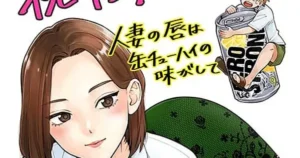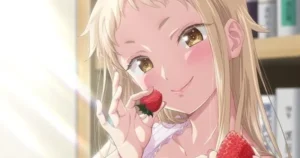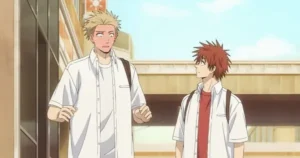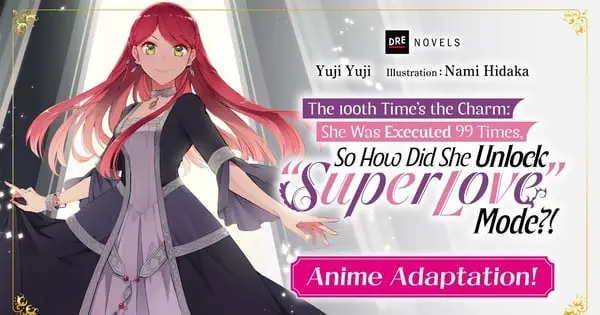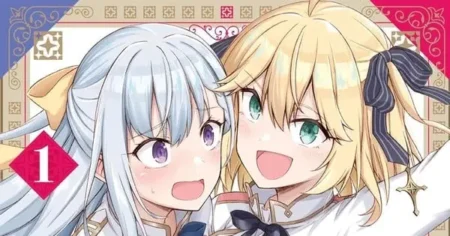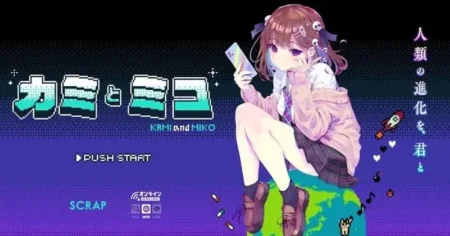The landscape of anime is continually evolving, yet one trend remains consistently captivating: the adaptation of fantasy novels. What began as a trickle has become a veritable flood, transforming beloved literary worlds into vibrant animated spectacles. This phenomenon, often driven by the immense popularity of “light novels” in Japan, has given rise to some of the most engaging and visually stunning series in recent memory, proving that when it comes to captivating narratives, the “100th time’s the charm” for fantasy novels to find their animated destiny.
The Rise of Light Novels and the Isekai Boom
A significant driving force behind the proliferation of fantasy novel anime adaptations is the flourishing light novel market. Light novels are typically illustrated young adult fiction from Japan, characterized by their accessible prose and often serialized format. These novels serve as a rich wellspring of original stories, many of which are already popular among a dedicated readership before ever reaching animation.
Within the fantasy genre, the “isekai” (meaning “another world”) subgenre has undeniably dominated the adaptation landscape. Isekai stories, which typically involve a protagonist being transported or reincarnated into a different, often fantastical, world, have resonated deeply with audiences seeking escapism and wish-fulfillment narratives. Series like Mushoku Tensei: Jobless Reincarnation, which began as a web novel and later became a massively popular light novel, set a blueprint for the genre’s tropes and paved the way for numerous adaptations. Sword Art Online, a well-known light novel adaptation, follows characters navigating virtual reality MMORPGs and achieved massive success, spawning multiple seasons and spin-offs. Other notable and successful isekai fantasy anime include Re:Zero – Starting Life in Another World, That Time I Got Reincarnated as a Slime, The Rising of the Shield Hero, No Game No Life, and Overlord. These adaptations often allow viewers to learn about the fantasy world and its power system at the same pace as the protagonist, fostering easy immersion.
Beyond Isekai: The Diverse Tapestry of Fantasy Adaptations
While isekai holds a prominent position, the appeal of fantasy novel anime adaptation extends far beyond this single subgenre. The broader fantasy spectrum offers a diverse range of narratives, from urban fantasy to high fantasy, and everything in between.
Anime has successfully brought to life various fantasy settings and themes from their novel origins:
- Darker Fantasy: Series like Overlord delve into dark fantasy with intense world-building and strategic battles. Berserk, adapted from a manga, is a prime example of a gritty, medieval fantasy with complex characters that has seen multiple anime adaptations. Made in Abyss, also based on a manga, is described as a dark yet enchanting series exploring the mysteries of a fantastical abyss.
- Unique Blend of Genres: Spice & Wolf, based on light novels, offers a unique blend of economics, romance, and medieval fantasy.
- Classic and Epic Fantasy: Although less common for direct novel adaptations compared to light novels, there’s a growing desire for anime to tackle more traditional high fantasy epics, allowing for rich world-building and intricate narratives without the limitations of live-action special effects. Series like Slayers, a classic fantasy anime, were based on novel series from the late 1980s.
- Charming and Wholesome Narratives: Beyond epic battles, anime also captures the “charm” of fantasy novels. Series such as My Happy Marriage showcase stories of self-discovery and overcoming hardships in a fantastical setting. Similarly, “villainess” stories, a rising trend in light novels and anime, often explore character depth and growth, transforming antagonists into relatable figures. Even within the often-overcrowded isekai genre, titles like Isekai Walking stand out for their surprisingly wholesome tone.
The Craft of Adaptation: Bringing Worlds to Life
The transition from a written novel to an animated series presents unique challenges and opportunities. While books allow for meticulous world-building through detailed descriptions, anime offers an immediate and immersive visual and auditory experience. Animation can bring to life complex magic systems, fantastical creatures, and epic landscapes in ways that are visually stunning and emotionally resonant.
Successful fantasy novel anime adaptations are lauded for their ability to:
- Amplify Climactic Moments: Smooth, dynamic action scenes, atmospheric soundtracks, and crisp, vivid animation can greatly amplify the climactic moments described in the source material.
- Enhance Character Appeal: Visual adaptations, including intricate costumes, detailed background art, and voice actors’ performances, bring characters to life and leave a strong impression on viewers.
- Maintain Core Themes: The most compelling adaptations faithfully represent the core themes and tones of the original novels while enhancing them through animation. For instance, The Melancholy of Haruhi Suzumiya captured the quirky charm and wit of its light novel heroine, enhancing it with vibrant colors and smooth animation.
The continued boom in fantasy novel anime adaptation underscores a shared desire from creators and audiences alike to explore imaginative worlds, compelling characters, and intricate narratives. With studios increasingly recognizing the rich source material available in novels, the future promises even more enchanting and epic animated journeys derived from the written word.



